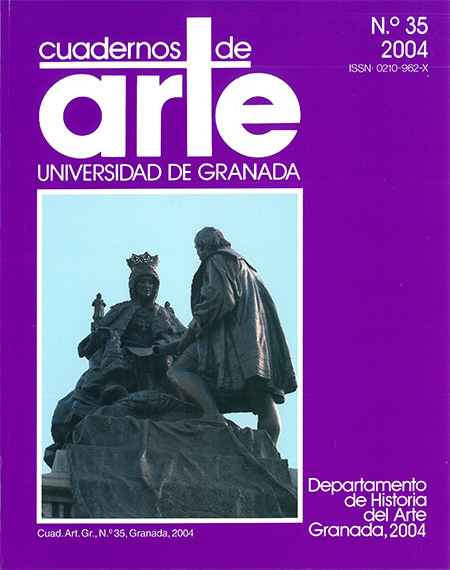Unity: a fundamental concept for music and the arts in the early years of the Franco Regime
Keywords:
Art, Music, Franco regime, Aesthetics, anistic thought, Musical thought, Aranguren, José Luis, Giménez Caballero, Ernesto, Laín Entralgo, Pedro, Muguruza, Otaño, Nemesio, Sánchez de Muniaín, José M.ª, Sánchez Mazas, Rafael, Sopeña, FedericoAbstract
In the early years of the Franco regime, the concept of the unity of the arts was promoted by official institutions and 'official' artists as a contribution to the concept of art at the service of the state. Stylistic unity, based 011 'tradition' and on the art works produced in other totalitarian re gimes, was encouraged, and resulted in the use of rituals and symbols which contributed to the process of ideological indoctrination. Unity as order and discipline to be applied in, and demanded of, artistic institutions, which in turn were the only means of participating in the production of works of art. The confluence of the aims of the different art forms also served to facilitate theoretical classification.Downloads
Downloads
Published
2004-11-01
How to Cite
Cabrera García, M. I., & Pérez Zalduondo, G. (2004). Unity: a fundamental concept for music and the arts in the early years of the Franco Regime. Cuadernos De Arte De La Universidad De Granada, 35, 183–196. Retrieved from https://revistaseug.ugr.es/index.php/caug/article/view/8914
Issue
Section
Estudios
License
Los autores que publican en esta revista están de acuerdo con los siguientes términos:- Los autores conservan los derechos de autor y garantizan a la revista el derecho de ser la primera publicación del trabajo al igual que ser licenciado bajo una licencia Creative Commons que permite a otros compartir el trabajo con un reconocimiento de la autoría del trabajo y la cita de la fuente original, con un uso no comercial y siempre que no se hagan obras derivadas.
- Los autores pueden establecer por separado acuerdos adicionales para la distribución no exclusiva de la versión de la obra publicada en la revista (por ejemplo, situarlo en un repositorio institucional o publicarlo en un libro), con un reconocimiento de su publicación inicial en esta revista.
- Se permite y se anima a los autores a difundir sus trabajos electrónicamente (por ejemplo, en repositorios institucionales o en su propio sitio web) antes y durante el proceso de envío, ya que puede dar lugar a intercambios productivos, así como a una citación más temprana y mayor de los trabajos publicados (Véase The Effect of Open Access) (en inglés).


 ISSN-e: 2445-4567
ISSN-e: 2445-4567








